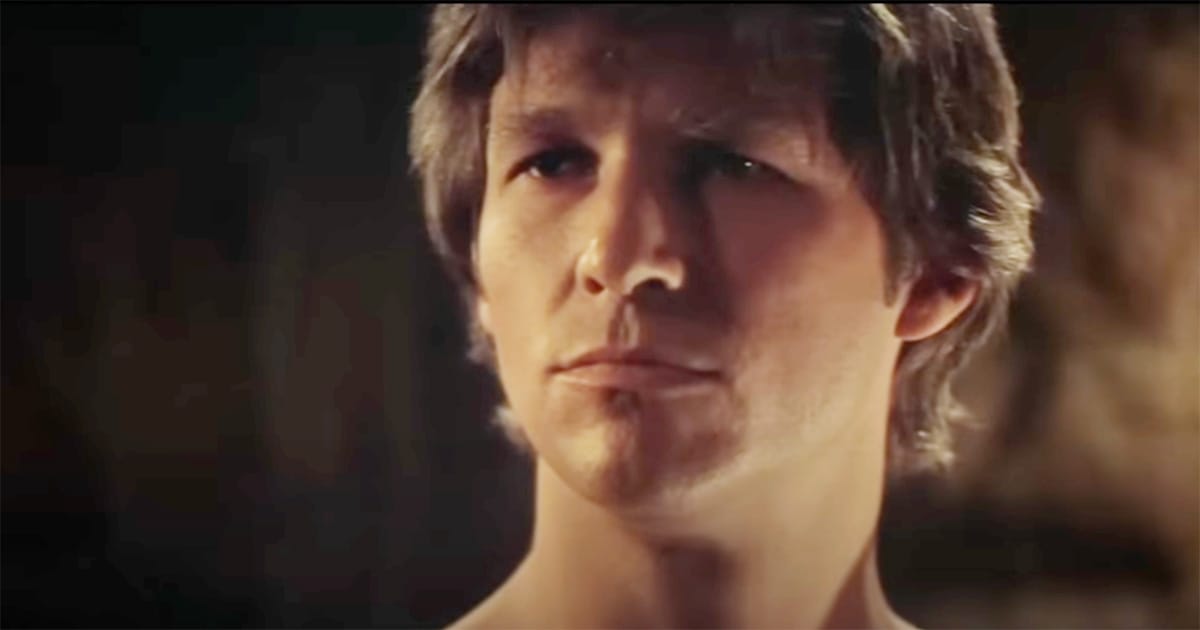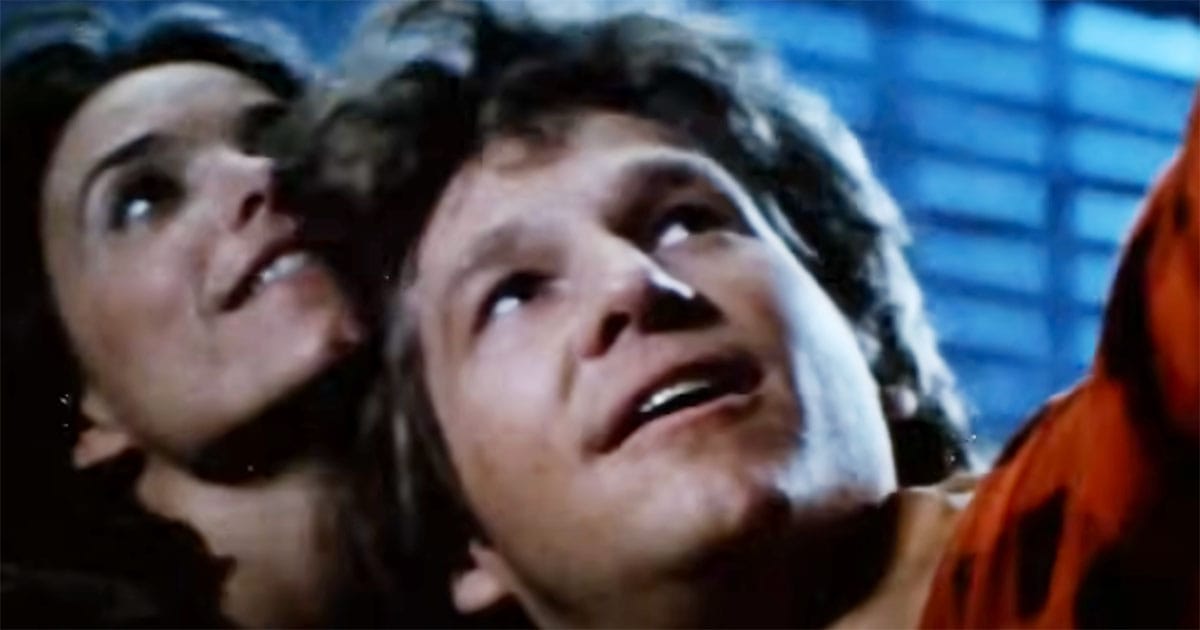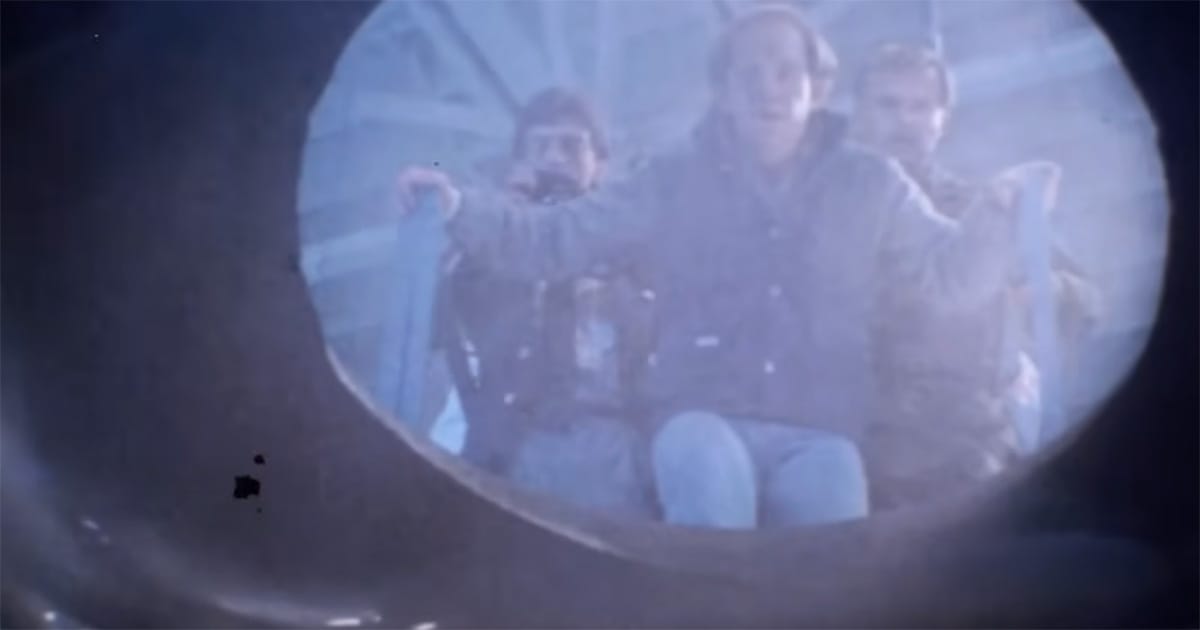"Starman" and the Quiet Power of Connection
"Starman" (1984), directed by John Carpenter, offers a touching blend of romance and science fiction. It scores a nostalgic 7.0/10 for its heartfelt storytelling.

Released in 1984, "Starman" represents a departure for director John Carpenter, whose previous work focused on darker themes and more suspenseful narratives. In this film, he presents something gentler.
It is a science fiction story, yes, but one that is more concerned with emotions than with technology. The story follows an alien who arrives on Earth and, using advanced technology, assumes the appearance of a recently deceased man named Scott Hayden. Jeff Bridges portrays this alien with a performance that is quiet, peculiar, and entirely convincing. Karen Allen plays Jenny, Scott's widow, who finds herself pulled into a journey she never anticipated.
As the story unfolds, Jenny agrees to help the stranger travel across the country. The government is pursuing him, believing him to be a threat. What begins as a tense escape gradually becomes a voyage of discovery for both characters. Jenny learns to see life again through the alien’s eyes, while he learns what it means to feel in human terms. Carpenter holds back on spectacle and focuses on the human element. That choice makes the film stronger, not weaker.
| Attribute | Detail |
|---|---|
| Title | Starman |
| Director | John Carpenter |
| Writer | Bruce A. Evans, Raynold Gideon |
| Actors or Actresses | Jeff Bridges, Karen Allen, Charles Martin Smith |
| Rated | PG |
| Runtime | 115 min |
| Box Office | $28,744,356 |
| U.S. Release Date | 14 Dec 1984 |
| Quality Score | 7.0/10 |
Synopsis
The film begins with Jenny grieving the loss of her husband. When the alien arrives and takes Scott’s form, her shock is understandable. The visitor asks for help, and despite her fears, she agrees. Their trip takes them from Wisconsin to Arizona, pursued by government agents who are more interested in containment than understanding.
Along the way, the alien observes and imitates human behavior. He learns language quickly and develops an interest in music, food, and even driving. His reactions are often amusing, but they are also thoughtful. Jenny, at first cautious, begins to soften. She realizes this being is not only intelligent but kind. Through him, she begins to process her own pain and reconnect with feelings she believed were lost.

The final act of the film brings the pair to the edge of farewell. Their destination is reached, but the emotional cost is high. The alien must leave, and Jenny must accept it. In doing so, she finds closure for her husband’s death and new strength for the future. The parting is not dramatic, but it is sincere. That sincerity gives it weight.
Themes
"Starman" focuses on several core ideas. The most central is that love, when genuine, has the power to heal. The alien arrives with no understanding of emotion, but through his bond with Jenny, he comes to recognize its value. At the same time, Jenny, broken by grief, finds a way back to hope. Their connection is not just romantic. It is a reflection of mutual growth.

Another important theme is the value of perspective. The alien’s reactions to common human behaviors allow the audience to reflect on the ordinary. He sees beauty in things people usually overlook. Music, laughter, and nature all take on new meaning when viewed through his eyes. These small moments are some of the film’s strongest.
The presence of government agents introduces a third theme. Their relentless pursuit contrasts sharply with the quiet relationship at the film’s center. The agents represent fear of the unknown and the human impulse to control what is not understood. The alien, on the other hand, seeks only to return home. This conflict adds tension without overwhelming the narrative.

Visually, "Starman" is grounded. The settings are mostly rural, and Carpenter uses the American landscape to good effect. Scenes of empty highways, quiet diners, and small towns give the film a grounded feel. When special effects are used, they are brief and functional. They support the story rather than distract from it.
The score, composed by Jack Nitzsche, is subtle and emotional. It follows the tone of the film closely. Where a lesser film might reach for grandeur, "Starman" remains restrained. That decision strengthens the experience.
Who Will Enjoy "Starman"
This film will appeal to more than science fiction fans. It is well-suited for those who appreciate character-driven stories with emotional depth. Viewers who have faced loss or who enjoy reflective journeys will find much to consider. While the science fiction setting provides the framework, the story is about people.

For those interested in stories that combine wonder with sincerity, "Starman" offers a thoughtful example. It reminds us that sometimes the most foreign beings can show us the most familiar truths. Its power comes not from visual effects, but from quiet moments of connection.
"Starman" succeeds by staying simple. It tells a complete story without rushing and asks the viewer to think and feel in equal measure. It is a film that leaves behind a quiet impression. And for many, that may be enough to let it stay with them long after the final scene.

